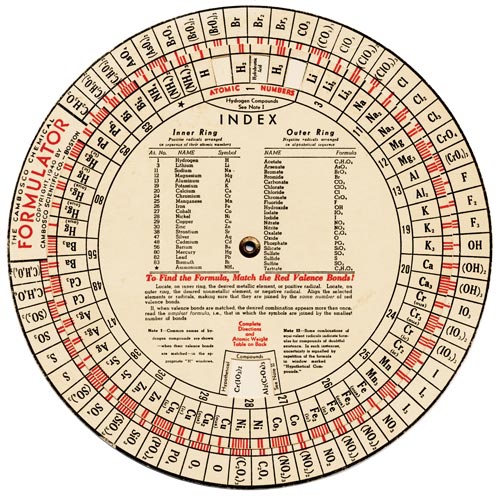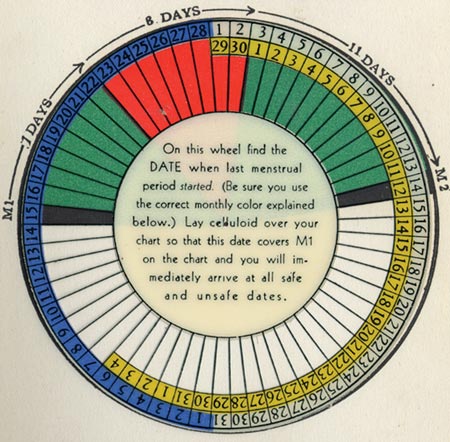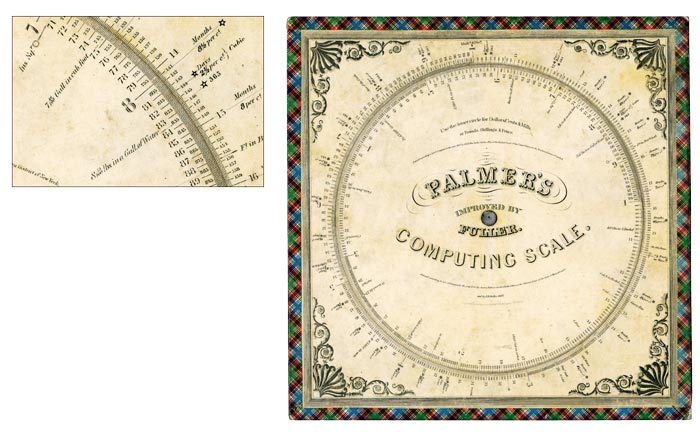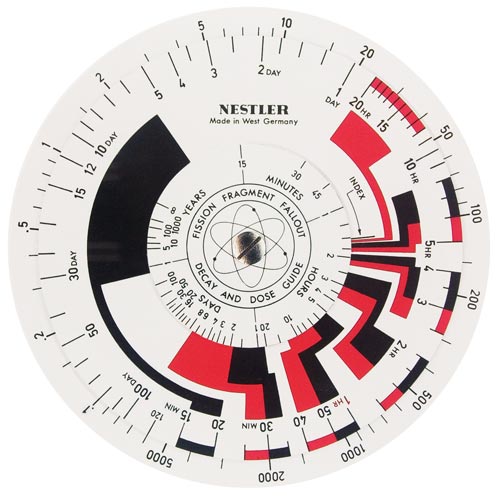Circular Logic
By Felice Frankel
Volvelles, the precursors to computational visualization tools, reveal information in aesthetically pleasing and effective ways
Volvelles, the precursors to computational visualization tools, reveal information in aesthetically pleasing and effective ways

DOI: 10.1511/2007.67.438
At first glance, the wheels on this page seem quaint. And fun. Were they real, you might pick one up and start playing around with it. But if you look closer, there's more to these devices. A student or practitioner of science today is surrounded by interactive computational visualization tools. These wheels are their precursors. They operate, in fact, in the same way. Each is the creation of a designer with a sophisticated understanding of data and the relations between types of data; this understanding is essential to making layers that correlate with other layers. The designer must establish a hierarchy of information and construct an instructive instrument whose information is easily accessible.

Dissecting the thinking behind the wheels' construction might give us clues to the seemingly impossible task of organizing the gargargantuan amount of data we find ourselves buried under. Graphic designer Jessica Helfand studies and collects volvelles, as they're called. Her book, Reinventing the Wheel (Princeton Architectural Press, 2002), is a fascinating examination of these instruments. Here we look at just a few and discuss some of the ideas behind them.

F. F. Jessica, what can you say about the design of these instruments?
J.H. The design varies hugely, but at their core they benefit from a fastidious editorial conceit that reveals itself in several ways. First there is the organization of information. This, in turn, leads to a decision about hierarchy: There are only so many slots for information on the first layer, for example. (This is the equivalent of headline type in a newspaper of magazine, leading you to the most salient information first.) Third, there is nomenclature—what things are called, and how the viewer's attention is directed, through language and typography, to the most pertinent data (and fast, especially in the case of the Nestler wheel!).

F. F. So we can say that the creator of each of these wheels has done a pretty remarkable job of sorting out that hierarchy. Can you imagine that this might be an interesting exercise for researchers and students?
J.H. Absolutely. This very process obliges you to determine the most ruthlessly objective criteria for what matters most. Which, come to think of it, is the kind of thing a student has to do in declaring a thesis!

F. F. Can you imagine translating this kind of thinking to computational visualizations?
J.H. Without a doubt. Most visual thinking benefits from this kind of rigorous process, and the more complex the thing to be visualized, the more this is true. Computational visualization, to me, involves time and space and is driven by individual user input. So it has to be clear and immediately understandable—but not boring. Never boring! Part of the genius of the interactive wheel lies in the simple idea of parsing complex ideas by layers—a volvelle can incorporate a conceivably infinite series of dials—so if you imagine a computational variation, the designer must identify hierarchically what comes first, second, third and so on. Obviously the reader/user/viewer can parse this in any order she prefers, but the clarity is there nonetheless. And then, simply by engaging with the material, the likelihood of remembering and really understanding what's there is that much more resonant. Finally, in a world of orderly, rational straight lines, there's something just mesmerizing about circles: in cardboard, on paper, in books—and yes, in computational media.
Click "American Scientist" to access home page
American Scientist Comments and Discussion
To discuss our articles or comment on them, please share them and tag American Scientist on social media platforms. Here are links to our profiles on Twitter, Facebook, and LinkedIn.
If we re-share your post, we will moderate comments/discussion following our comments policy.